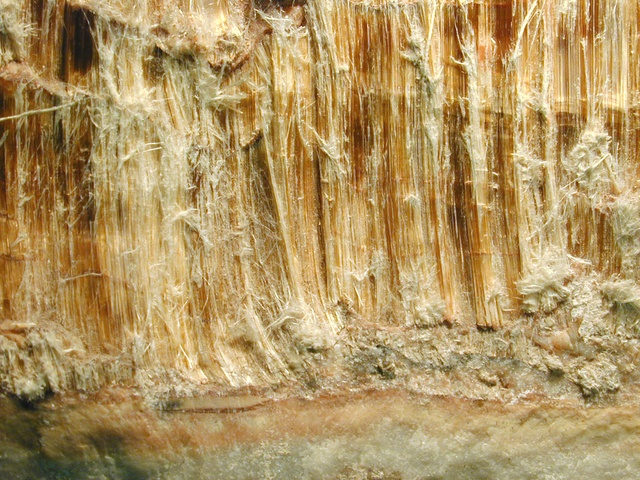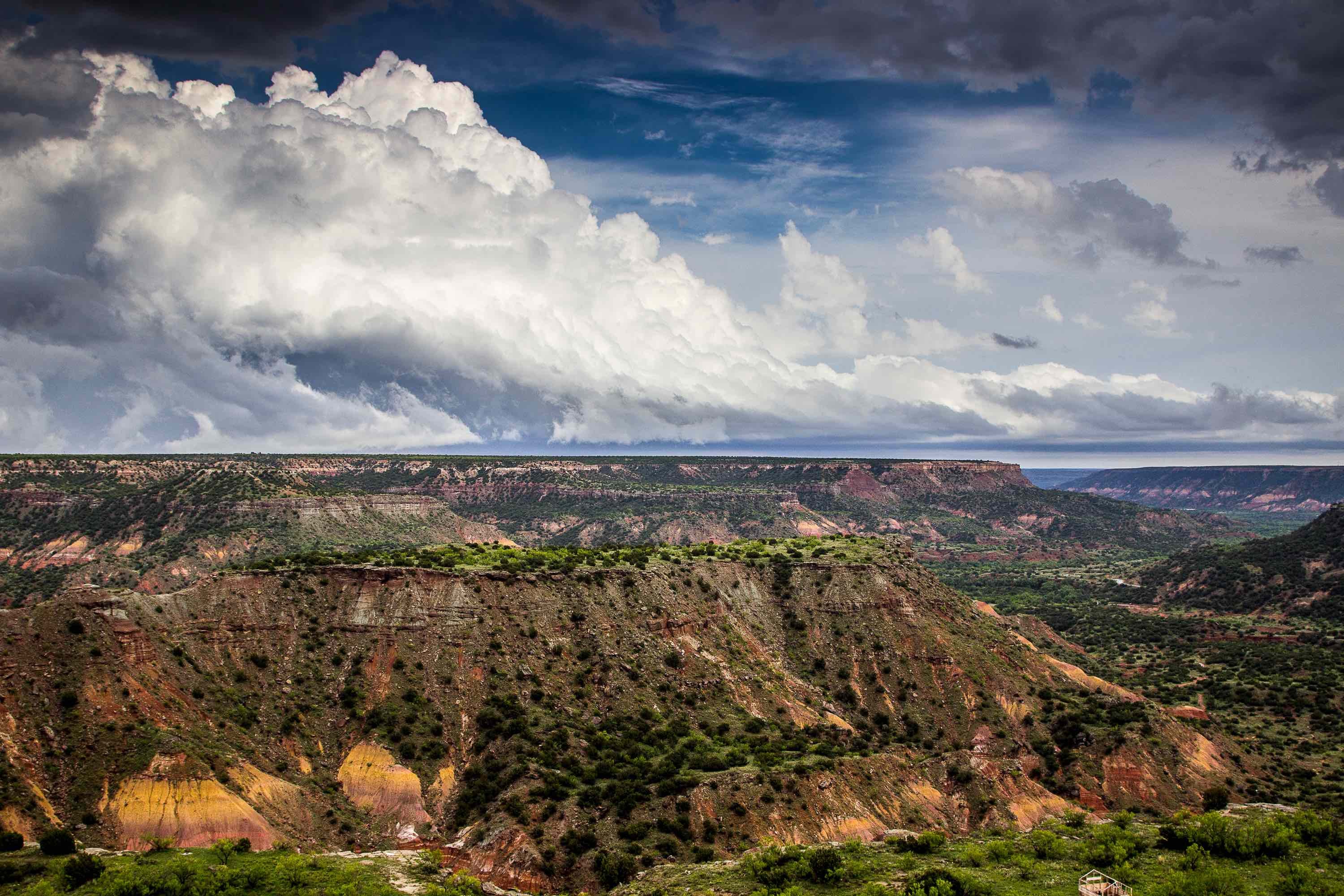How much asbestos is too much? Most experts say that all asbestos may cause cancer even when the exposure is minimal. However, OSHA has stated that the Permissible Exposure Limit (PELs) for asbestos is 0.1 for fibers •5μm and 1.0 f/mL for PEL in an 8-hour time-weighted average (TWA) and the PEL (ceiling).
A fiber is defined as any particle with a length of •5μm and a length-to-diameter ratio of ∙3:1.
While that sounds like all that is necessary to measure asbestos, this information is not all needed to measure asbestos. It’s just the beginning. In determining amounts, attention must be paid to the type of asbestos and how the collected samples are examined. These are the sorts of questions a commercial business owner needs to ask an asbestos consulting firm like Talon/LPE when considering public health and safety.
Curly or Straight?
There are six types of asbestos found in nature:
-
Chrysotile
-
Amosite
-
Crocidolite
-
Anthophyllite
-
Tremolite
-
Actinolite
These can also be divided into two groups:
-
Serpentine-This asbestos group is characterized by a layered structure with curly fibers. Chrysotile is the only type in this category. Estimates show that about 90-95% of all asbestos in the U.S. is Serpentine.
-
Amphibole-This asbestos group has a long chain-like structure of sharp straight fibers that are easy to inhale. The rest of the types fall into this variety with amosite being recognized as the second most common asbestos type.
Phase Contrast Microscopy or Transmission Electron Microscopy?
Two well-established methods used for environmental samples of asbestos used in classification are approved by federal agencies and organizations like EPA and the National Institute for Occupational Safety and Health (NIOSH), according to the EPA Purple Book Guidance for Controlling Asbestos-Containing Materials in Buildings. They are Phase Contrast Microscopy or Transmission Electron Microscopy.
Since the toxicity of asbestos appears to be related primarily to fiber size, modern analytical methods focus on providing information on these parameters, as well as on a total number of fibers and mineral type.
-
Phase Contrast Microscopy (PCM) is a useful tool in assessing occupational exposure to workers engaged in activities known to generate airborne asbestos fibers, but it does not differentiate between asbestos and non-asbestos fibers. It can accurately assess fiber exposure levels for fibers ∙5 μm and •0.25 μm in diameter.
In the NIOSH Method 7400, asbestos is collected on a 25 mm cellulose ester filter that was treated to make it transparent and is then analyzed by the PCM by 400-450x magnification.
-
Transmission Electron Microscopy (TEM) is a method better capable of detecting smaller fibers than PCM and also better at determining fiber type.
However, the fiber counting accuracy is unacceptably poor because of the small area that can be scanned at high magnification of 1250x. Accuracy is more limited for long •0.5 μm fibers. TEM does have greater sensitivity to small fibers and is the more common method of measuring asbestos in ambient air or inside schools and other buildings.
There are two different methods used for preparing TEM samples:
-
Direct transfer methods retain particles in the same relative positions during analysis as they were on the original filter with a minimum of change to the airborne particles.
-
Indirect transfer methods involve dispersing the particulate matter from the original filter into a liquid and capturing the suspended particles onto intermediate filters used to prepare the TEM specimens.
One important consideration is that TEM is relatively slow and costly compared to PCM.
Depending on the types of fibers, their number and length, and size of the sample, an asbestos consulting firm like Talon/LPE can determine if your environment is acceptable to public health and safety.
If you need Environmental Consulting, Environmental Drilling, Air Permitting, Spill Management, Oilfield Construction, Environmental Engineering, Safety Training or General Contracting services, contact us at Talon/LPE. We work throughout Texas, Oklahoma, Colorado, and New Mexico. We also offer safety and training classes.

